Benchmark Results: IOmeter
We tested the OCZ RD400 with the official driver instead of the Windows built-in driver. In addition, we ran the test with the included PCIe adapter since that is how the drive is shipped in the retail package.
Random Read
We start off with the random read performance. The RD400 scaled quite well with number of queue depth. Notice the IOPS increases almost linearly along with the number of queue depth until we reach the queue depth of 16 where the drive reached its theoretical speed limit of 190,000 IOPS. We are able to achieve 250K IOPS at a queue depth of 32, but it is clear that the increase in the IOPS has waned after queue depth of 16.
Typical desktop workloads is only a few queue depth so we include the queue depth 1 and 4 result here to compare the result with other drives. The RD400 performs quite similar to other OCZ drives that we have reviewed over the last couple of years. The drive’s random read at queue depth of 1 is about average. At such low queue, the additional bandwidth from PCIe is not going to come in handy as the controller, firmware and the NAND would have a much higher impact on the performance. It is unfortunate to see that the latest Toshiba controller is not as capable as Samsung’s drive.
Cranking up the queue depth to 4 and we can see the RD400 is much more competitive here. Still, the drive is still falling behind a couple of SATA drives on the market.
Luckily at queue depth of 32, the additional bandwidth from PCIe shows its benefit. Here, the RD400 is able to manage beating out all of the SATA drives.
Random Write
Random write shows that the RD400 reached its maximum rating of 120,000 IPOS at queue depth of 4 and maintained similar performance throughout the rest of the queue depth. There is a small drop in the performance at queue depth of 16 and 32.
We include the queue depth 32 random write result here in order to show the random write performance fluctuation. As you can see, the drive’s write speed varies from 80K to 130K. Overall, the drive manages to deliver decent IOPS that hovers around 100K.
During the intensive write test, the drive reached 67°C as reported by the OCZ SSD Utility. We do not think that thermal throttling affected the drive’s performance fluctuation, as we observed the fluctuation even at early stages of writing when the drive is relatively cool. Thus, the performance most likely is due to the controller and firmware and not heat. Still, reaching 68°C does make us wonder whether it would potentially be an issue without the additional cooling offered by the PCIe add-on card when it is installed in an ultrabook where thermal constraints would cause the drive to hit higher temperatures.
Despite the fluctuation, random write at a low queue depth is still the RD400’s strength for a client drive where the drive is capable of delivering excellent results without the need of any caching mechanism that is employed by Samsung’s 850 EVO.
At queue depth of 4, the RD400 manages to edge out any SATA SSDs on the market with 491 MB/s. This is 50% faster than any SATA SSD can offer.
The story continues at queue depth of 32 where the drive manages to deliver nearly 2x the performance over SATA drives.
Sequential Read

The sequential read for the RD400 is impressive because not only does it manage to offer the best result among the SSDs we have tested from OCZ, it is also delivering over 1000 MB/s of transfer rate, even at queue depth of 1.
Higher queue depth is were the drive’s additional bandwidth comes into play where the drive manages to deliver over 2500 MB/s, close to the company’s rated 2600 MB/s.
Looking at how the sequential read scales up with the queue depth, we can see that the drive manages to deliver its theoretical transfer rate at a queue depth of 8. While most client workloads do not utilize more than a couple of queue depth, the drive would not have any trouble delivering great performance in a higher queue depth environment. Even at low queue, we can see the drive still manages to deliver great results with more than three times what a SATA drive can offer.
Sequential Write
Like the random write, the sequential write performance for the RD400 is nothing short of amazing. The drive manages to deliver over 1000 Mb/s at queue depth of 1 and reaches close to its theoretical speed of 1600 MB/s at queue depth of 32.
With the sequential write, the RD400 reached its theoretical speed of 1600 MB/s at queue depth of 2. However, there is a small performance drop at queue depth of 8m with a speed around 1400 MB/s and the performance seems to have plateaued afterwards.
 Bjorn3D.com Bjorn3d.com – Satisfying Your Daily Tech Cravings Since 1996
Bjorn3D.com Bjorn3d.com – Satisfying Your Daily Tech Cravings Since 1996
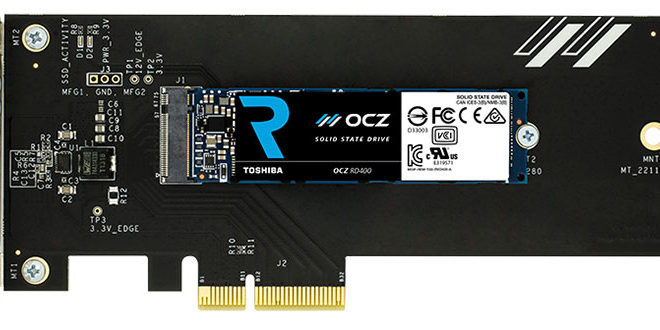
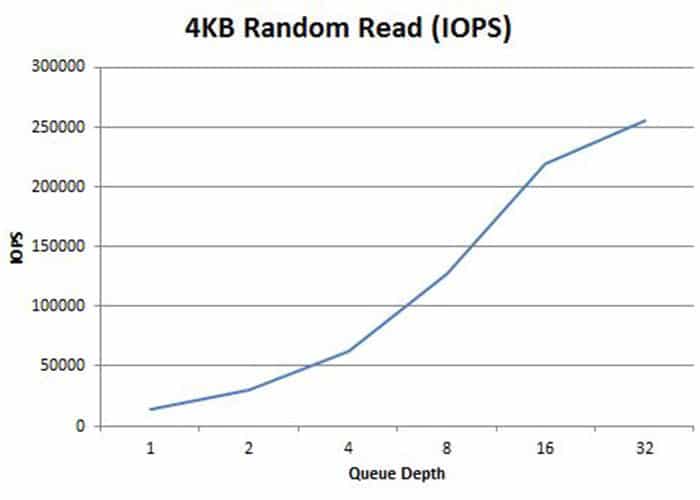

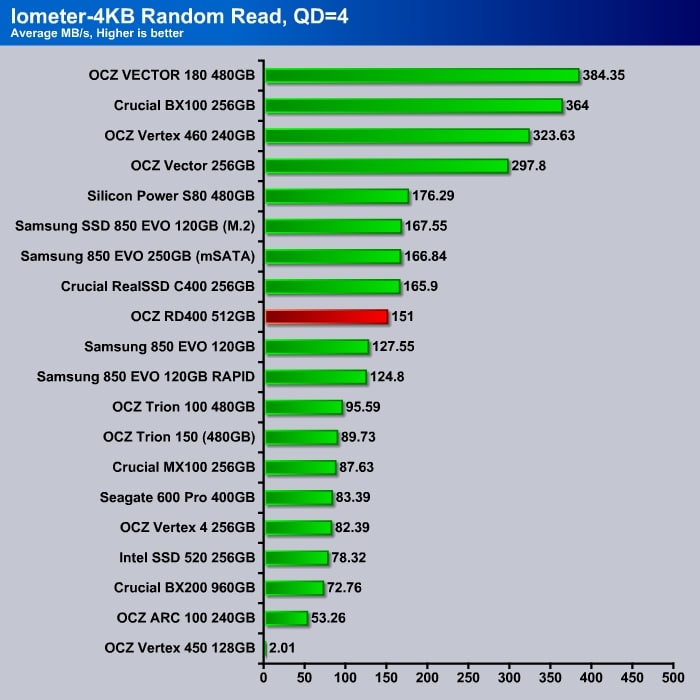
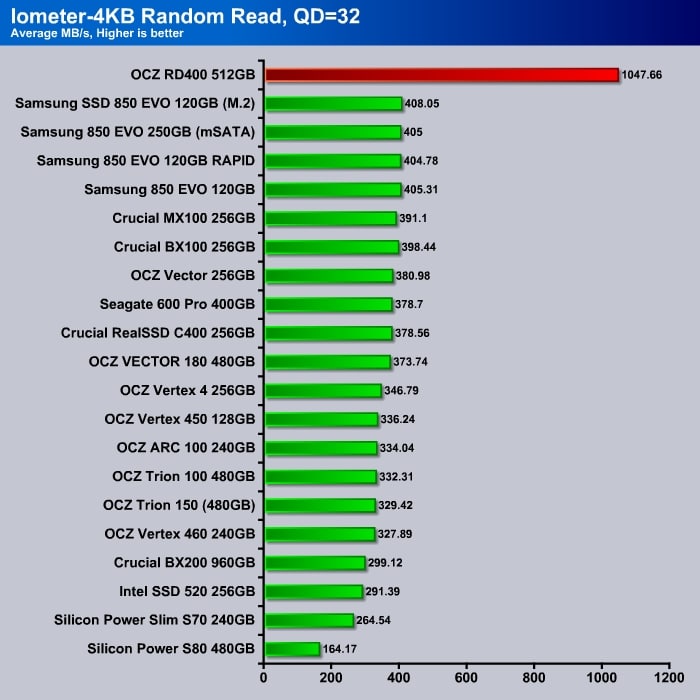
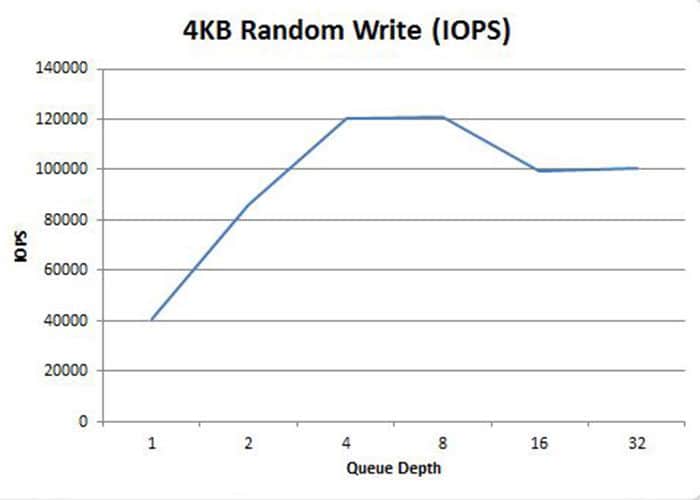
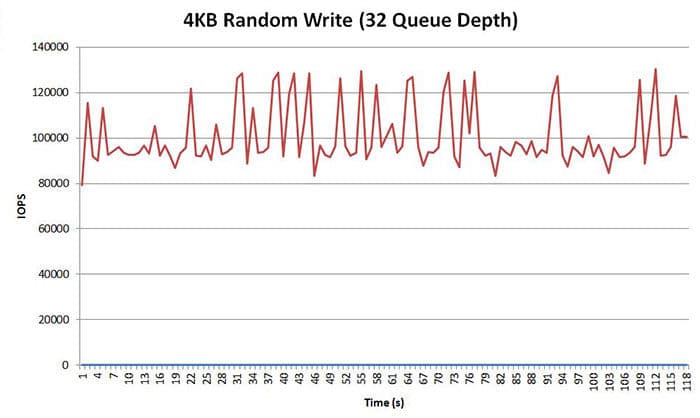


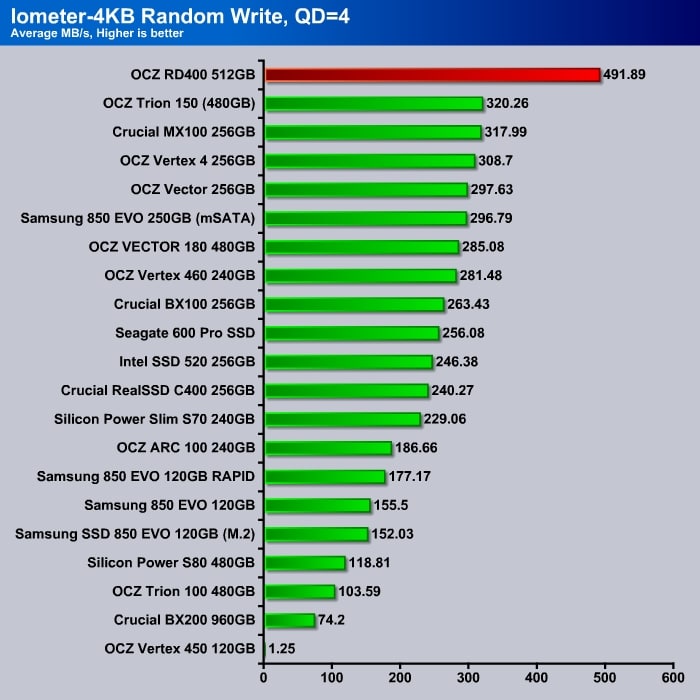


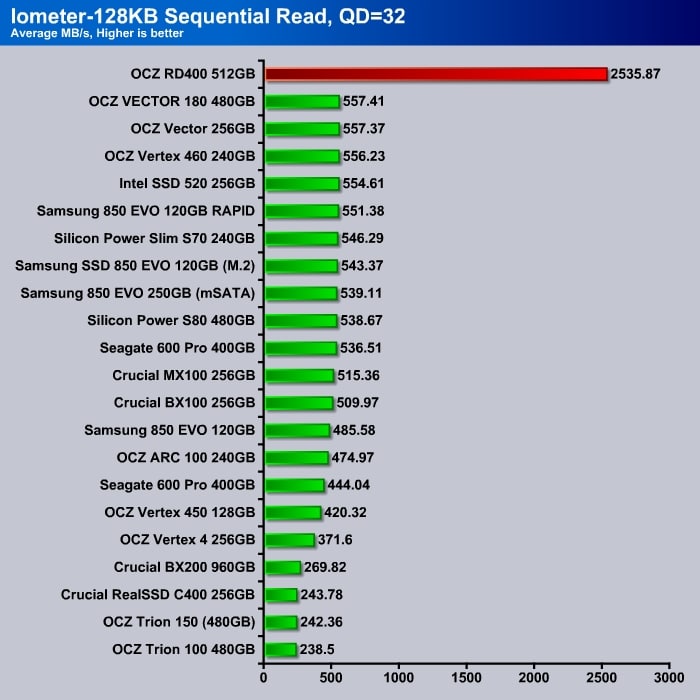
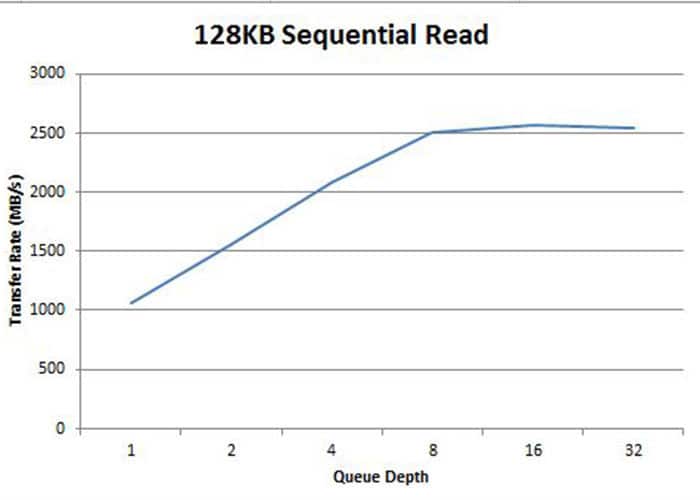
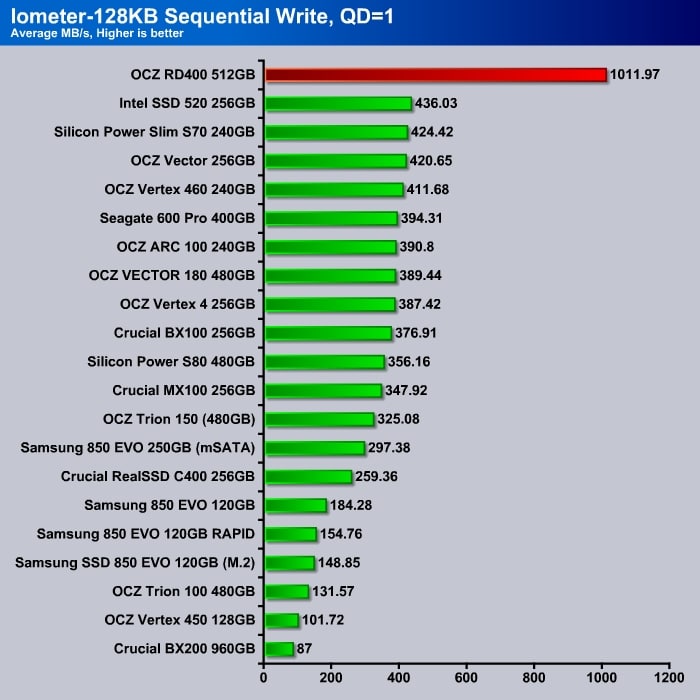
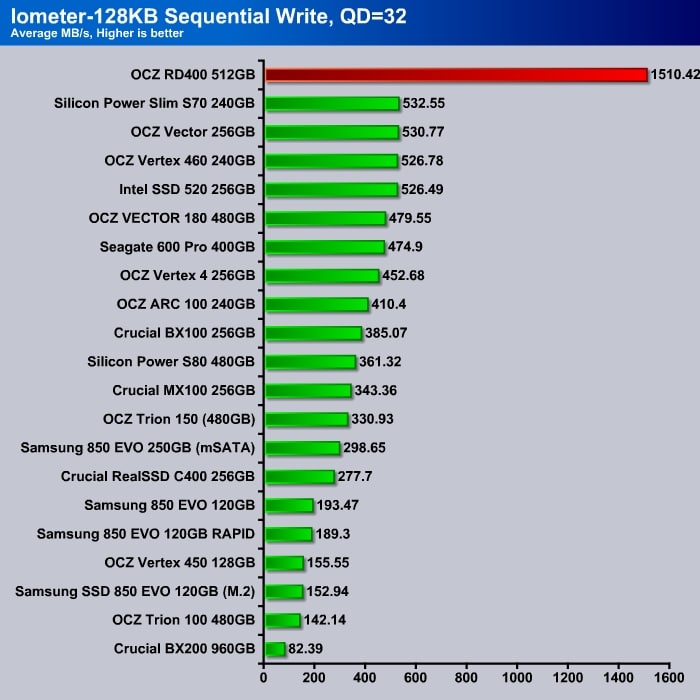
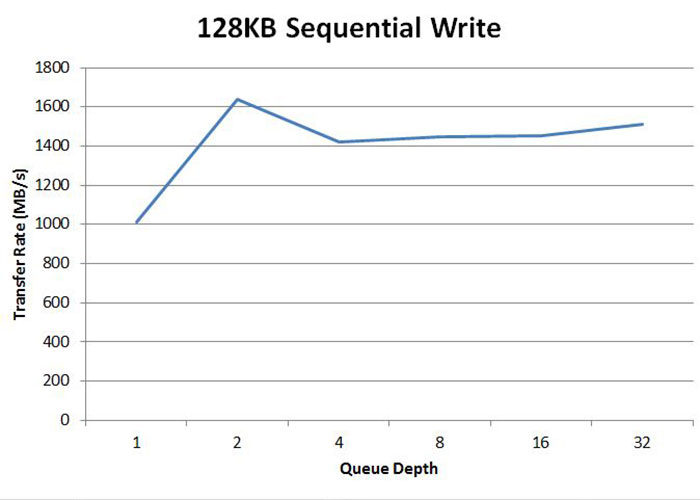
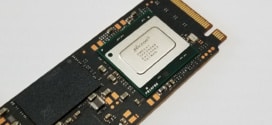


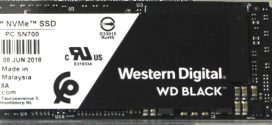




Technology has gone too far in upgrading. Each upgrade, has lots of good things added. Better to choose the best among the bests.